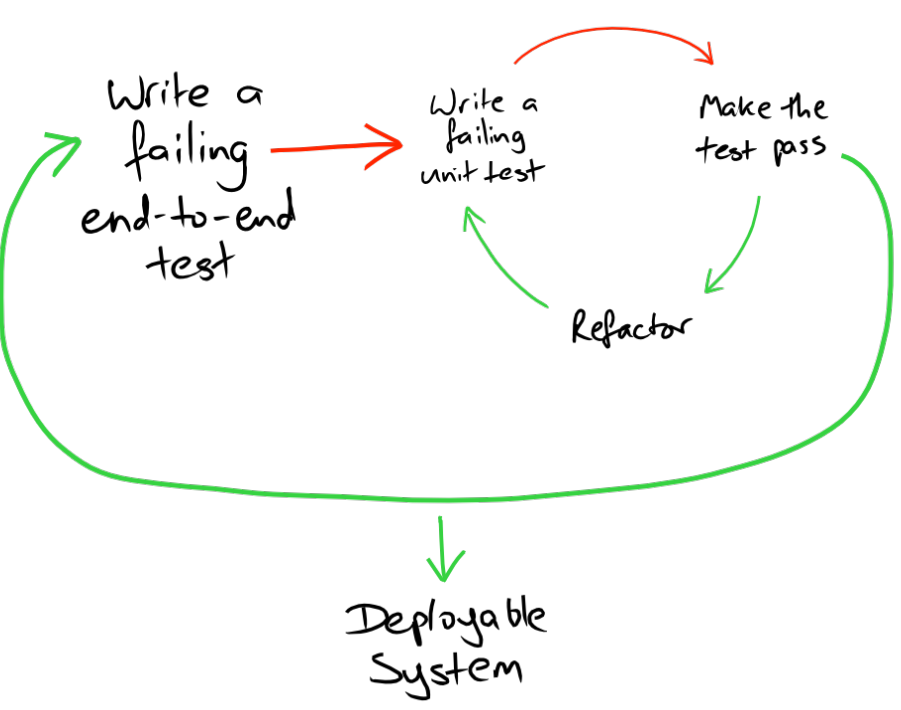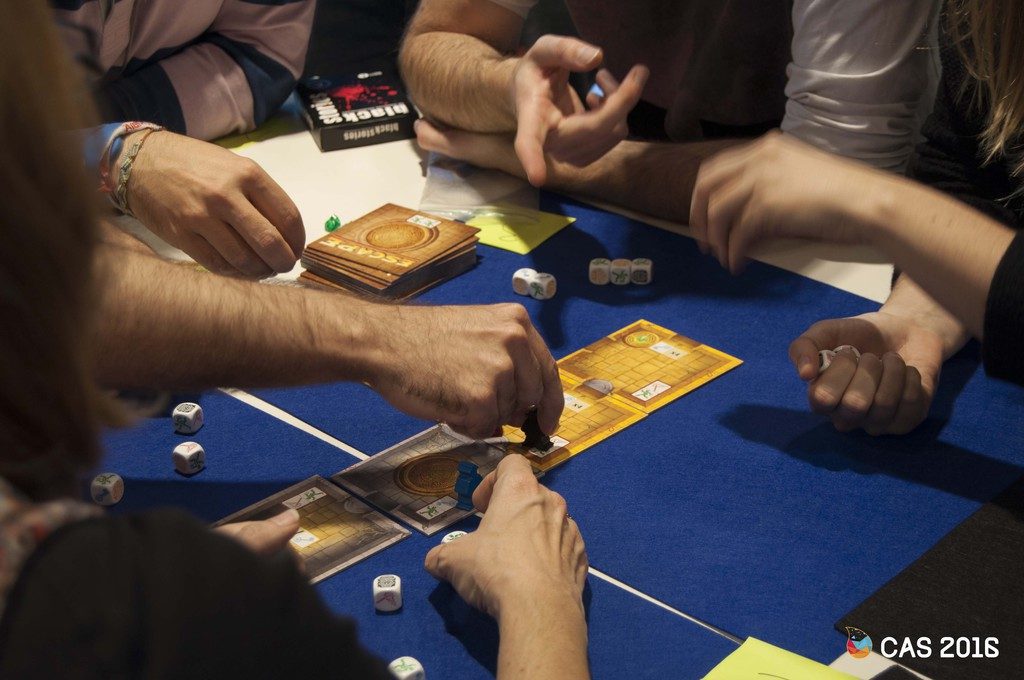
On 30th November we had our latest agile adventure in Vitoria, Spain. We arrived there to attend the Agile Spanish Conference (CAS 2016) taking place on 1st and 2nd December. CAS is one of the biggest and most important meetings in Spain. This particular event gathered together many qualified professionals from the tech sector. We had the opportunity and also pleasure to meet them and to share our knowledge and personal experiences. The ‘sharing part’ is what we valued the most.

We had an impressive opening with Chris Matts’ keynote. He explained the real state of scaled agile inside organisations and the bumpy road to complete that objective. He showed the journey taken following ideas and tools from real-life examples and how these were adopted in specific contexts. Ultimately, he closed the session with a summary of how these ideas can be understood, adapted and embraced by different people in different ways.

Carlos Blé talked to us about how to differentiate problems from solutions. To find the correct solutions, it’s very important to understand the problem and the context perfectly. In this way, the communication with our clients is vital. In our daily work we are always looking for solutions, and it’s easy for us to reduce the problem to one solution, possibly missing even better and simpler ways to move forward. Splitting the problems in smaller pieces and applying only one solution to one problem is a basic tool to improve the approach.
Gerard Chiva showed how there is a tendency to fix problems by trying to understand what caused them, the root cause, and focusing only on the problem, he called this “problem focus”. It works very well in a specific contexts, such as processes or system problems, but in other cases, where humans are involved he demonstrated that a positive and motivated approach to change works better than a focus on problems, so called “solution focus”.
From hand of the best agile evangelist using Kanban in Spain, Jerónimo Palacios, we discovered new ways for improving our daily work. He focused on Kanban as a tool for managing work, not the people. And he emphasised the importance to understand the real needs of our clients. Kanban can fit in variable environments, however, you have to introduce it in your organisation following a few vital rules. One has to be respectful of the organisational structure such as job roles and responsibilities in order to build a robust base. It is important to create an agreement with all those involved including management. Finally, Jerónimo explained five basic actions to keep in mind when working in this way: visualise (on a board), limit the work in progress, manage the flow on the board, make policies explicit (put the rules on the board), implement the feedback loop – the retrospectives, takes specific actions from the retrospective to improve and evolve.

We use Kanban with several teams. All the Kanban teams use the key activities described by Jerónimo, but each team has defined its own specifics policies: some of them classify the user stories using components, others not, some of them have a global WIP for the complete board, others use the WIP within a specific status, some of them have one longer refinement meetings, others prefer to have a few shorter ones. For us, the focus is not necessarily on the process itself but instead we are focused on people involved and and of course the results… we adapt the processes to achieve better results.
During the event we also attended meetings related to product, as always the importance of the product owner and how to introduce this role into your organisation was emphasised. It’s essential to know deeply your product in order to focus on what is valuable. Likewise, co-locating teams can be an important factor in success of an agile team and that includes the product owner. Similarly, the ability to deliver as a team will be proportional to the time spent removing and managing dependencies.
We are working with these concepts, however, when you have an international company, with your customers and stakeholders in others countries, you have to evaluate, where the product owners are more effective and needed. Our product owners are not always able to be co-located with the teams, we do however always try to follow this rule: they should be in continuous contact with the team (in our case via hangouts), they are an active member in stand-ups, refinement, planning and retrospective sessions, among others. Also, if it is possible, the product owner should work hand in hand with the team at key times e.g. a the start of a new product or function, where co-location can make a real difference.
In this context, we attended a round table where Ing Direct and BBVA discussed how they implemented agile in their organisations. Key points were: ‘It’s a bumpy road and is important not to hurry because it will be a long term process.’, ‘It’s very useful to have KPIs in place to review regularly the transformation process and to create a solid culture across all levels.’ and ‘Do not forget that people are the most important asset a company has, hence, you must spend the needed time with them to make them understand and accept the change.’
On the technical side of things we attended a session with Steve Freeman, a key figure in TDD. He discussed some key approaches to succeed with TDD such as incremental progress, constant positive reinforcement, think before code, the code can only be broken if you work with it, the best way to learn is by using examples, the tests must explain the complete domain, when you’re lost – slow down and lastly, tests should always be done at the same abstraction level as the code.

Perhaps the most enjoyable part of the conference was the workshop with Pablo Domingo, Diego Rojas, Israel Alcázar and Jaume Jornet. They focused on some key team concepts during a couple of very enjoyable games.

One of the games was “Back Stories”, a riddle game, which needed creative and lateral thinking to work out the solution. It contained 50 crime stories and we had to reconstruct the reasons of each incident, piece by piece, by asking questions, guessing and puzzling over the evidence. By playing this game we were shown the importance of lateral thinking, how to spark creativity, making people think out of the box, learning how to ask people the right questions to move collaboration away from ‘no, but’ to ‘yes, and’. Very useful skills to take back to the office!
Conclusion:
We have had two intensive days, attending the sessions, sharing ideas, meeting a lot of interesting people and thinking about all the concepts discussed. It was presented in a highly professional environment, where the agile culture is present everywhere. Without any doubt, to feel part of the community has been the best source of energy for continuous learning, discovering and sharing.
